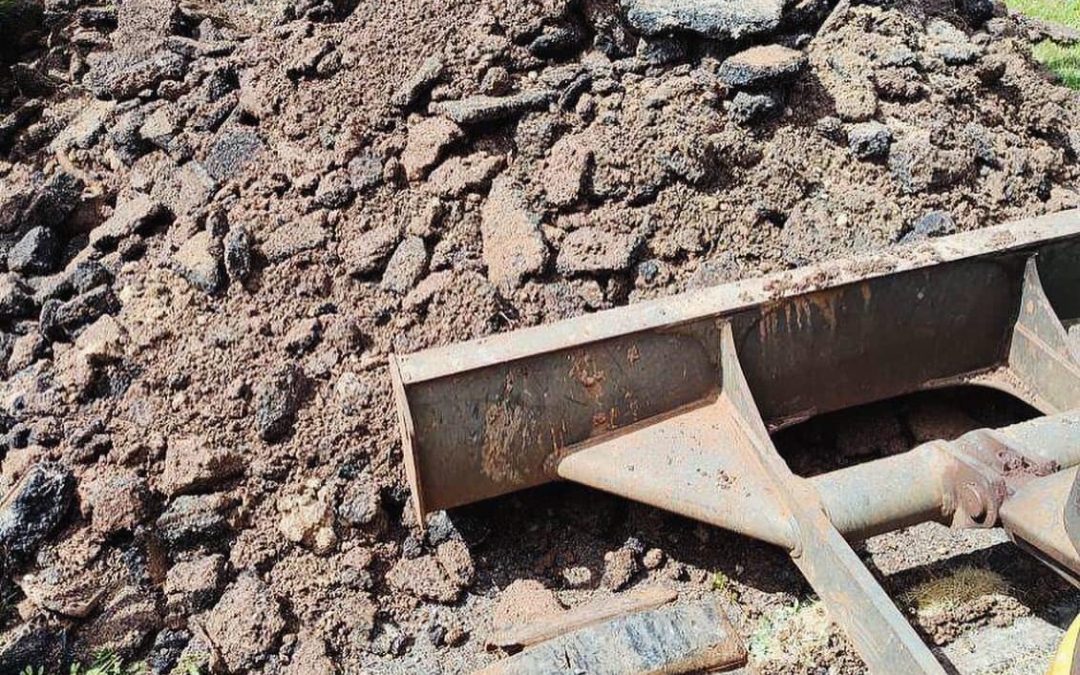A driveway is more than just a place to park your car—it plays a big role in your home’s curb appeal and safety. Over time, even the strongest concrete driveways start to show signs of wear due to weather, heavy use, and age.
While small cracks or stains may be fixed with repairs, there comes a point when replacement is the better long-term solution.
Knowing when it’s time to replace your concrete driveway can save you money on constant repairs and add value to your property. Here are the most common signs that indicate replacement may be the best option.
Widespread Cracking
Small cracks in a driveway are normal, but when cracks spread across the entire surface, it often signals deeper structural issues. Repairs might provide temporary relief, but they won’t stop the problem from coming back.
- Look for interconnected “alligator cracks” that resemble a spider web.
- Check if cracks are more than a quarter inch wide, which usually indicates serious damage.
- Notice if cracks keep reappearing even after repairs.
- Consider replacement if cracks cover most of the driveway rather than isolated spots.
Replacing the driveway ensures a stronger, more stable surface that lasts longer than patchwork repairs.
Drainage Problems
A properly designed driveway should allow water to flow away from your home. If water pools on the surface or flows toward your foundation, it’s more than just an inconvenience—it can damage both the driveway and your property.
- Watch for standing water after rain, which weakens the concrete.
- Check for soil erosion or washed-out areas around the driveway edges.
- Look for water stains or algae growth, which signal poor drainage.
- Notice if water consistently runs toward your garage or foundation.
Replacing the driveway with improved grading and proper drainage prevents costly structural problems in the future.
Extensive Surface Damage
Over the years, exposure to heavy vehicles, weather changes, and daily use can wear down the surface of your driveway. When the top layer deteriorates beyond repair, replacement may be the only solution.
- Watch for pitting, scaling, or crumbling across large sections.
- Check for faded, rough surfaces that are difficult to clean.
- Look for large potholes that keep coming back after patching.
- Consider replacement if repairs no longer improve appearance or function.
A new driveway restores both the look and strength of your property’s entrance, boosting curb appeal instantly.
Age of the Driveway
Even the best-maintained concrete driveways don’t last forever. On average, a concrete driveway lasts between 20 to 30 years. Once it reaches this age, recurring issues become more frequent and costly.
- Consider the original installation date of your driveway.
- If it’s over 25 years old, expect more frequent cracking and surface wear.
- Keep in mind that older driveways may not meet current installation standards.
- Factor in how much you’ve spent on repairs in recent years.
If your driveway is past its expected lifespan, replacing it is often more cost-effective than constant patching.
Safety Concerns and Reduced Functionality
A damaged driveway isn’t just unattractive—it can also be unsafe. Cracks, holes, and uneven sections create tripping hazards and make driving or parking difficult.
- Notice if uneven slabs cause cars to scrape when entering or exiting.
- Look for loose chunks of concrete that can become dangerous obstacles.
- Consider how potholes and cracks affect tire wear and vehicle suspension.
- Think about whether the current layout or size still fits your household needs.
Replacing an old driveway not only restores safety but also allows you to redesign it for better function and modern appeal.
An old driveway can hurt your home’s appearance, safety, and even its value. While repairs may handle minor issues, widespread cracks, poor drainage, surface damage, or age are strong indicators that replacement is the smarter choice.
By investing in a new concrete driveway, you not only enhance curb appeal but also ensure a durable and safe surface for years to come. Taking action at the right time saves money, improves functionality, and adds lasting value to your property.

